Efficient and waste-free! How to improve the utilization rate of hot stamping foil slitting machine?
As an important equipment in the printing and packaging industry, the improvement of material utilization rate of hot foil slitting machine is directly related to production cost and environmental protection benefits. The following elaborates on how to achieve high efficiency and no waste from the three levels of technical design, operation optimization and maintenance management:
1. Technical design level: precise cutting and intelligent control
1. High-precision slitting system
• Laser positioning technology or servo motor drive is used to ensure that the slitting size error is ≤± 0.1mm, and avoid material waste caused by dimensional deviation.
• Case: A machine achieves a feed accuracy of 0.01mm through a servo motor, which increases the material utilization rate of a single coil by 5%-8%.
2. Intelligent tension control system
• Real-time monitoring of material tension, automatic adjustment of slitting speed, prevent foil breakage or wrinkles caused by tension fluctuations, and reduce scrap rate.
• Data: When the tension fluctuation is controlled within ±1N, the scrap rate can be reduced to less than 0.5%.
3. Residual material recycling design
• Equipped with an automatic winding device, the leftovers or leftovers after slitting are collected for subsequent small-batch orders or imposition production.
• Effect: The utilization rate of residual material can reach 30%-40%, which significantly reduces material loss.
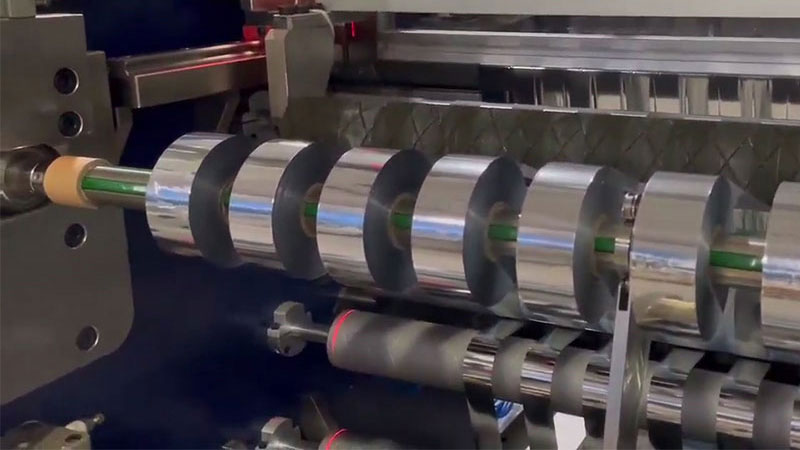
2. Operation optimization level: process improvement and personnel training
1. Optimization of process parameters
• Adjust blade pressure, slitting speed and temperature according to foil thickness and material (e.g. aluminum foil, anodized aluminum) to avoid over-cutting or knife sticking.
• Example: A company experimentally determined the optimal combination of parameters to reduce the material loss per coil from 15% to 8%.
2. Personnel skill upgrading
• Regularly train operators to master the tool change skills, troubleshooting and residual material management methods of the slitting machine to reduce human error.
• Results: Experienced operators can increase material utilization by 2%-3%.
3. Order consolidation and imposition production
• Centralize the production of small batch orders, use the remaining materials for imposition and typesetting, and maximize the use of surplus materials.
• Tools: With the help of ERP system or imposition software, the optimal nesting scheme is automatically calculated.
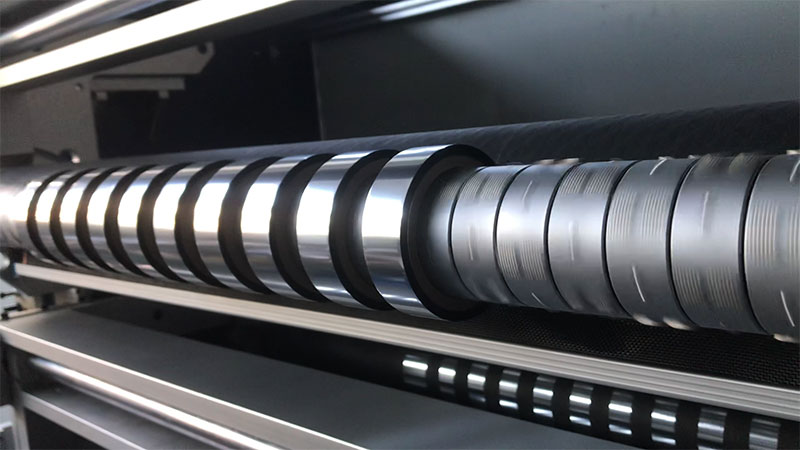
3. Maintenance management level: equipment maintenance and data monitoring
1. Regular maintenance and blade replacement
• Establish an early warning mechanism for blade wear, regularly check the sharpness of the blade, and replace the passivated blade in time to avoid material waste caused by poor cutting.
• Cost: Timely replacement of blades extends equipment life and reduces long-term maintenance costs.
2. Data monitoring and analysis
• Through the data acquisition system of the slitting machine, the data of each roll of material such as slitting length, scrap rate, and remaining material amount are recorded, and the cause of loss is analyzed and the process is optimized.
• Tools: Real-time monitoring and report generation using MES (Manufacturing Execution System).
3. Material quality control
• Strict selection of suppliers to ensure that the flatness, thickness uniformity and viscosity of the foil meet the standards, and reduce the loss caused by material defects.
• Detection: The introduction of online testing equipment to remove unqualified materials in real time.
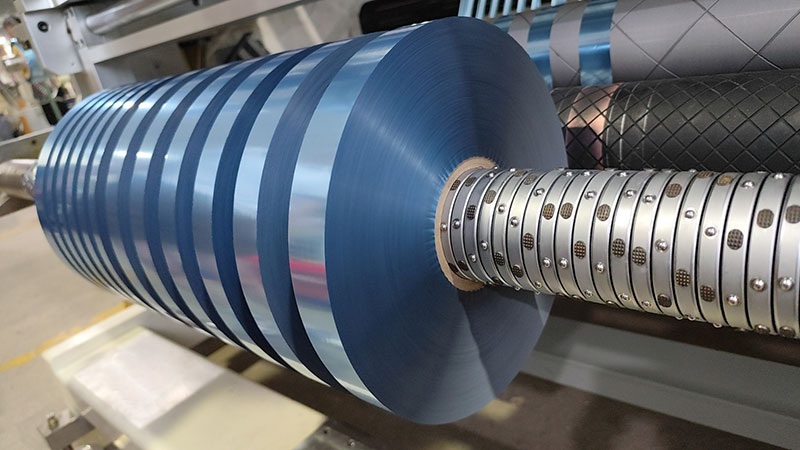
Fourth, the comparison of key technical parameters
| Technical Indicators | Legacy equipment | High-efficiency slitting machine | Boost the effect |
| Slitting accuracy | ±0.5mm | ±0.1mm | Reduce scrap rate by 5%-8%. |
| Tension fluctuation range | ±5N | ±1N | Reduce scrap rate by 2%-3%. |
| Recycling rate of surplus materials | 10%-20% | 30%-40% | Increase material utilization by 20%. |
| Blade change cycles | 1 time per week | 1 time per month | Reduce maintenance costs by 10%. |
5. Summary
The hot stamping foil slitting machine can significantly improve the material utilization rate through technological innovations such as high-precision cutting, intelligent tension control, and residual material recovery, combined with process optimization, personnel training, data monitoring and other management methods. Companies need to choose the right equipment model according to their own needs and continuously optimize the production process to achieve the goal of high efficiency and no waste.
Recent Post
 Hot stamping foil slitting machine: stability and precision guarantee under high-speed slitting15. April, 2025
Hot stamping foil slitting machine: stability and precision guarantee under high-speed slitting15. April, 2025 Intelligent deviation correction + constant tension control: analysis of the key technology breakthrough of the hot foil stamping slitting machine14. April, 2025
Intelligent deviation correction + constant tension control: analysis of the key technology breakthrough of the hot foil stamping slitting machine14. April, 2025 Micron slitting! How does the hot stamping foil slitting machine ensure that the edge is smooth and burr-free?12. April, 2025
Micron slitting! How does the hot stamping foil slitting machine ensure that the edge is smooth and burr-free?12. April, 2025 Analysis of the core technology of hot stamping foil slitting machine: the perfect combination of high-precision slitting and tension control11. April, 2025
Analysis of the core technology of hot stamping foil slitting machine: the perfect combination of high-precision slitting and tension control11. April, 2025
 Fully Automatic TTR Slitter RSDS8 Plus
Fully Automatic TTR Slitter RSDS8 Plus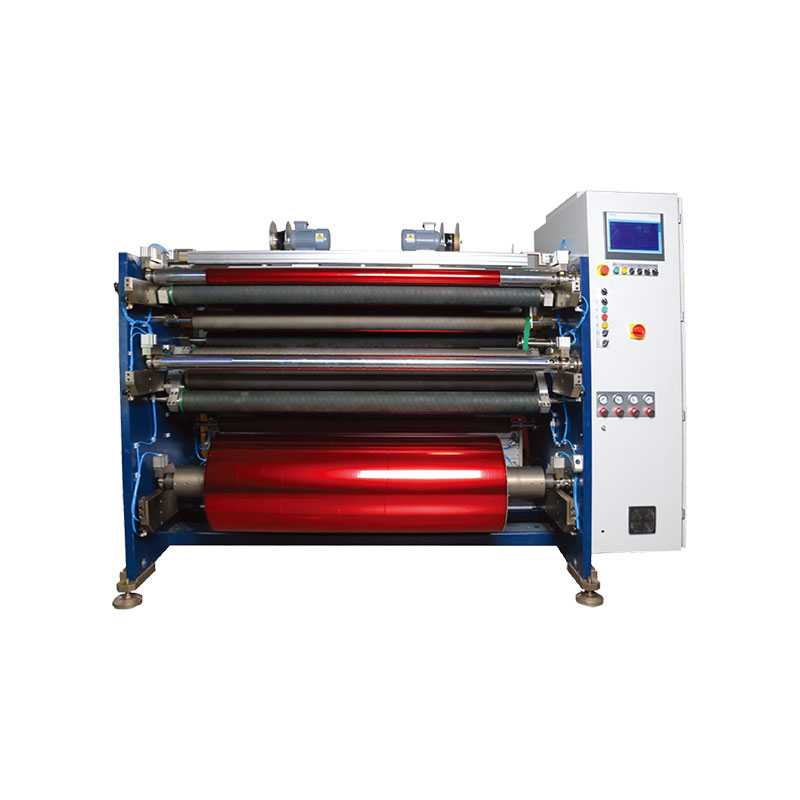 Hot Stamping Foil Slitter 1600mm
Hot Stamping Foil Slitter 1600mm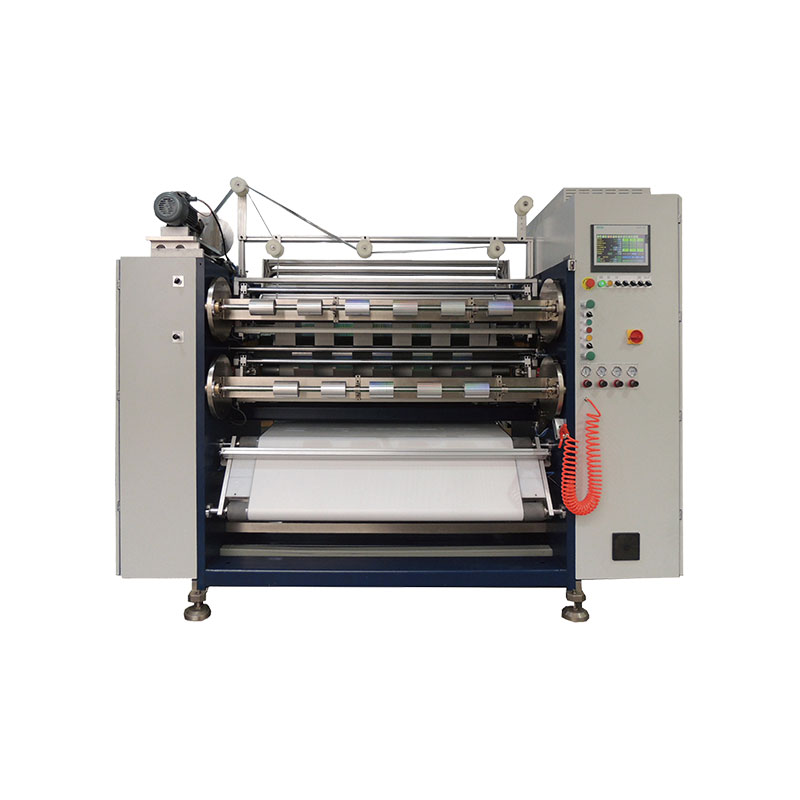 Hot Stamping Foil Slitter (4 Shafts)
Hot Stamping Foil Slitter (4 Shafts)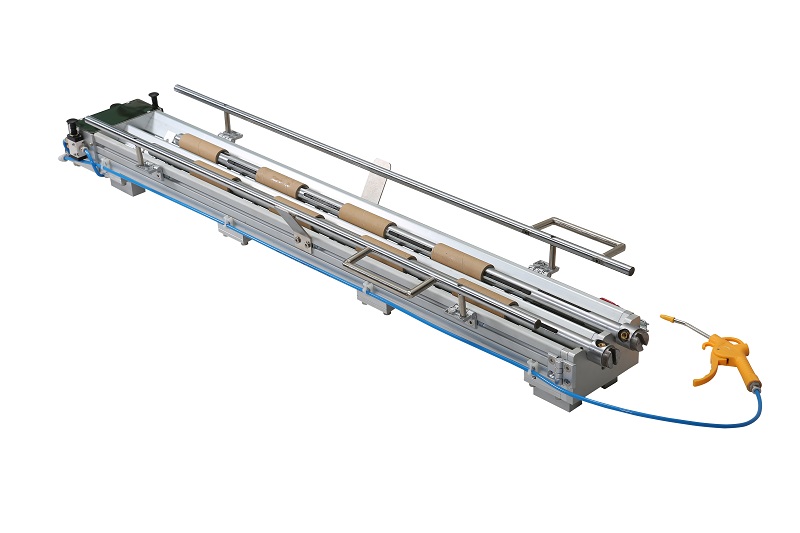 Paper Core Loading Machine
Paper Core Loading Machine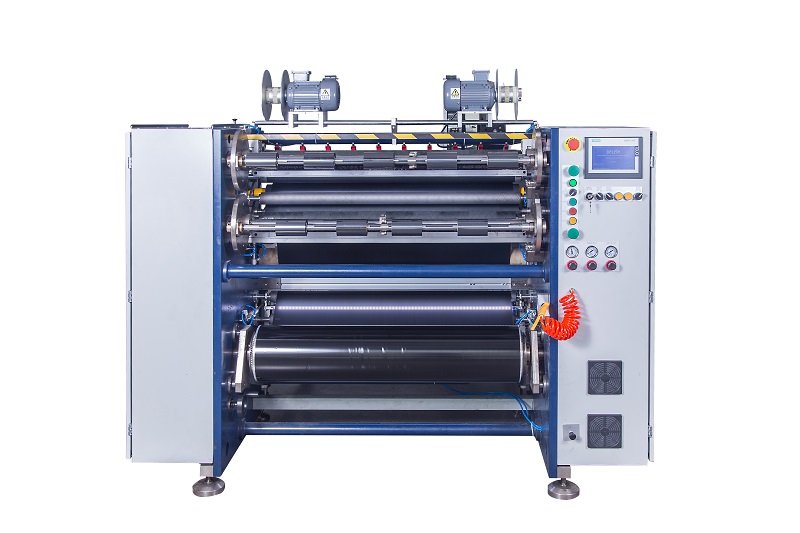 Semi-Auto TTR Slitter RSDS2 Plus
Semi-Auto TTR Slitter RSDS2 Plus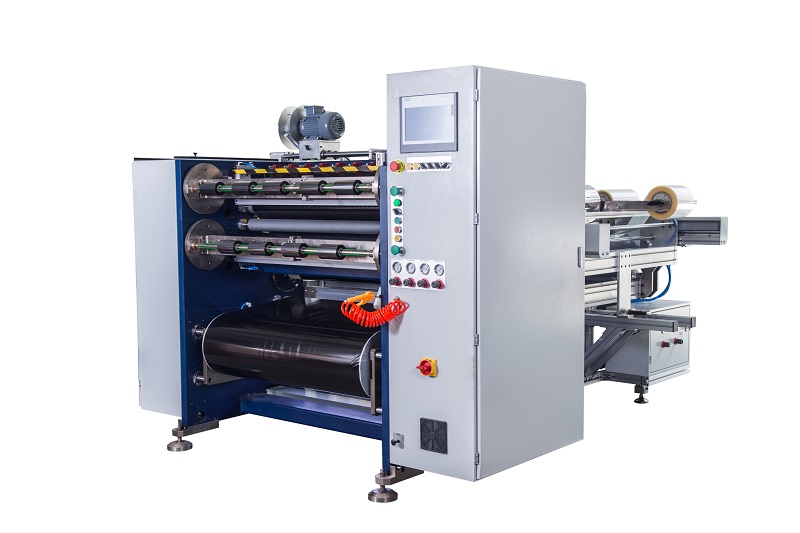 Semi Automatic TTR Slitter RSDS5 Plus
Semi Automatic TTR Slitter RSDS5 Plus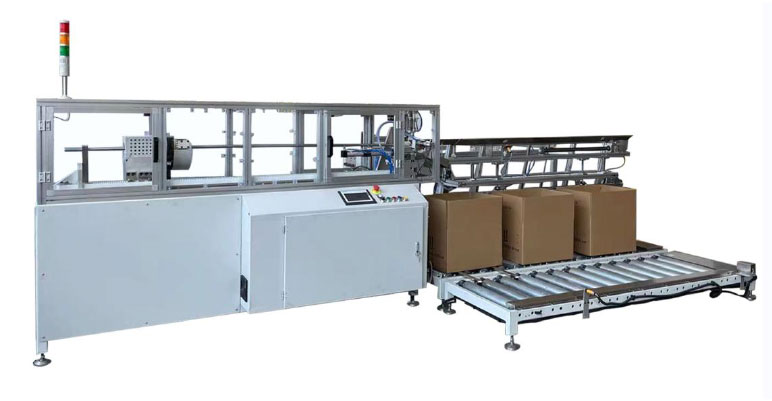 Auto Paper Core Cutter
Auto Paper Core Cutter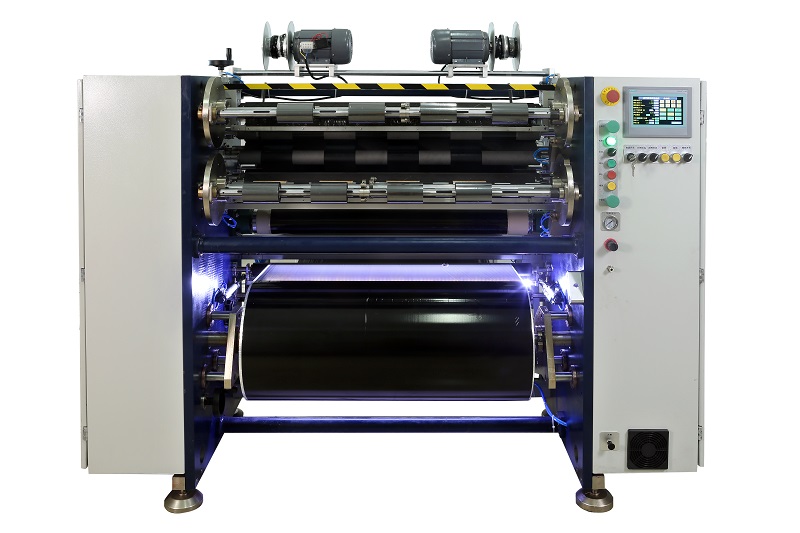 Manual TTR Slitter RSDS2
Manual TTR Slitter RSDS2





